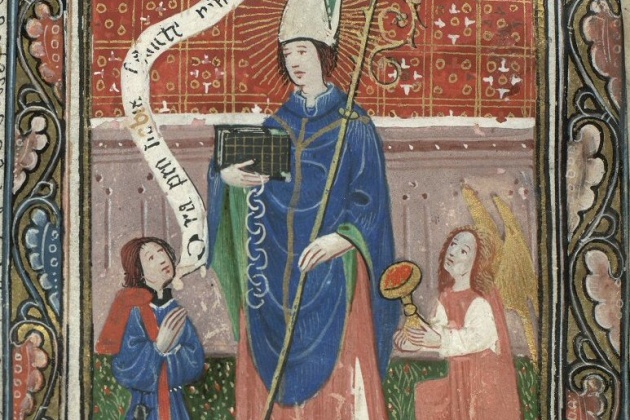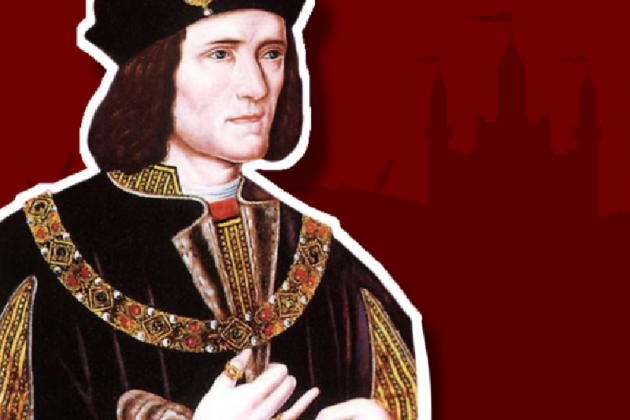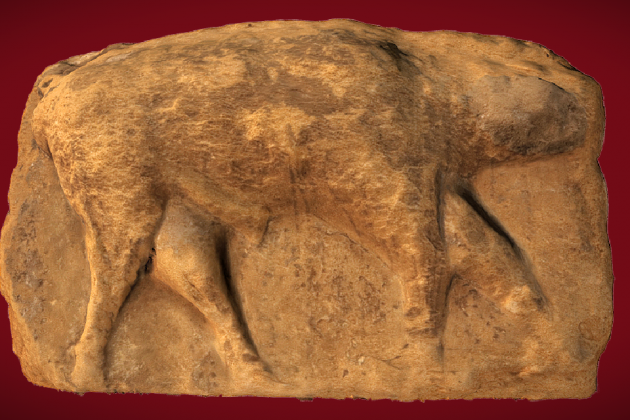Richard III at St Mary's
Richard Duke of Gloucester, later Richard III, definitely put his mark on St Mary's in the late 15th century. Learn more about our 'Windows for the King' commemorative windows which celebrate the 550th anniversary of Richard's lordship of Barnard Castle, 1474-2024.
When Richard Duke of Gloucester became Lord of Barnard Castle in 1474, both the castle and St Mary’s Church became of great importance to him. With his large grants of money, St Mary’s grew in size and height, flooded with light from new windows. He even placed his boar badge on St Mary’s, while the chancel arch features the only sculpted image of Richard’s face.
In fact, Barnard Castle was so important to Richard that he planned a large religious college based at St Mary’s, with a Dean, twelve chaplains and numerous choristers. Unfortunately, his untimely death at Bosworth Field in 1485, brought an end to the works. Nevertheless, his boar badge still graces the town’s coat of arms, and can be seen today at St Mary’s, as well as other important historic buildings around the town.
Why are there so many boars in Barnard Castle?
Richard III and the story of Barnard Castle
Barnard Castle is very proud of its association with Richard III and his white boar badge forms part of the town coat-of-arms. He was Lord of Barnard Castle for 11 years and spent a significant amount of time and money in the town in the late 1470s and early 1480s.
Richard’s boar badge can be seen on several buildings, including the castle and church – he put his mark on this town more than anywhere else in England!
In his early teens Richard undertook knightly training in the household of his cousin, Richard Neville, Earl of Warwick and he may well have enjoyed instruction and hunting at Barnard Castle (one of Warwick’s five northern castles).
Richard became Lord of Barnard Castle in 1474, aged 21, after marrying Warwick’s daughter, Anne. A number of extensive and stylish improvements were carried out in the castle during his lordship, including a stunning oriel window, crowned with his boar badge, overlooking the river Tees.
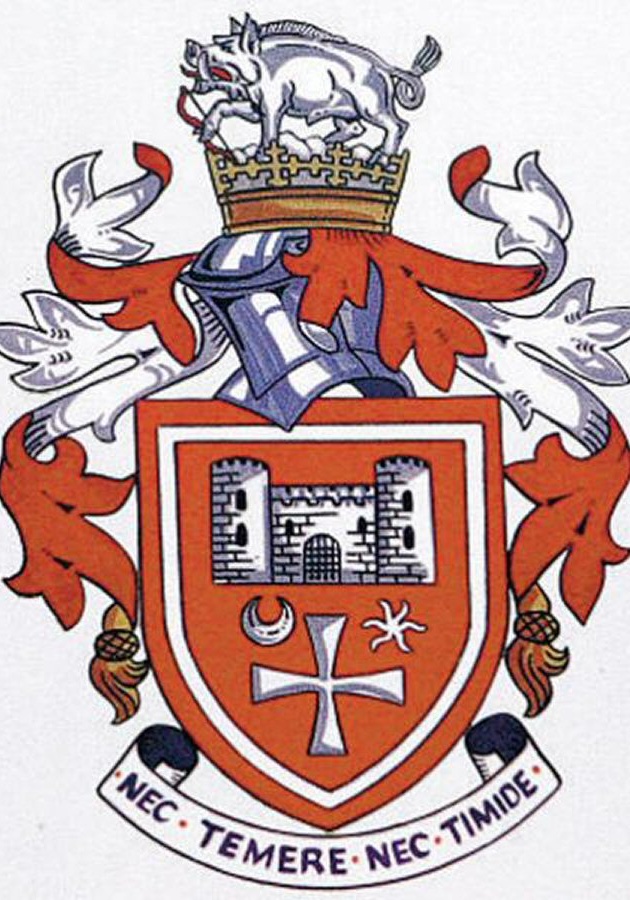
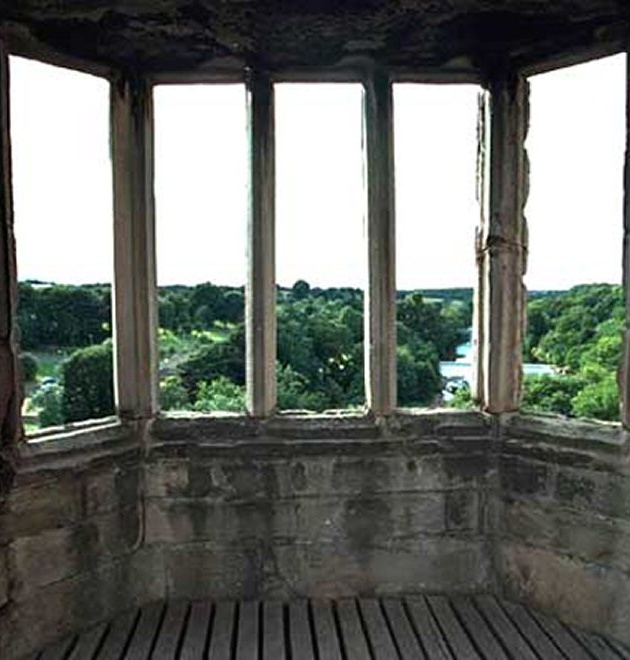
Richard III and the story of St Mary’s Church
“Richard to the Receivor of oure lordshippe of Barnardes Castelle … Forasmoche as we of oure grace especialle have yevene and graunted towardes the building of the Chruche of oure blissed lady within oure said lordshippe the summe of xl li.” 6th Oct 1483
By 1478 Richard had plans to create a College here, where 13 priests and 16 choristers would pray and sing masses for his family and that of his brother King Edward IV. It was to be dedicated to Christ, the Virgin Mary, St Ninian of Whithorn and St Margaret of Scotland.
As King Richard gave grants totally £134 [a possible £2.5 million today] to further work on St Mary’s in 1483-4 but his earlier generous gifts as Duke of Gloucester had already transformed the church into a focus for worship, music and prayer. The extensive alterations not only improved the building but enabled a dedicated number of priests to be resident in Barnard Castle.
- The walls of the chancel were heightened
- The walls of the nave were heightened and clerestory [‘clear storey’] level of windows installed to bring light into the nave
- A new chancel arch was inserted with the sculpted heads of Edward IV and Richard of Gloucester. Edward’s crowned head is stylised – perhaps the stonemason had never met the King! Richard is wearing his duke’s coronet: his more individual face, with distinctive chin and wavy hair, may indicate a ‘from life’ portrayal of his features.
- A rood loft was created, running across the upper part of the chancel arch, for a ‘rood’ cross and statues of saints.
- The entire church was re-roofed and embattled with crenellations
- The north aisle was widened
- The south transept was widened, and a large new window was added, with Richard’s boar was added as decoration to the outside east window of the south transept.
- A north porch was added to the north doorway [now the accessible toilet]
- A two-storey vestry was built for the principal priest (the Dean) of the College
- Buildings appear to have been erected or re-purposed on the north-west curtilage of the churchyard [now Amen Corner] as a residence for the other priests and clerks of the College.
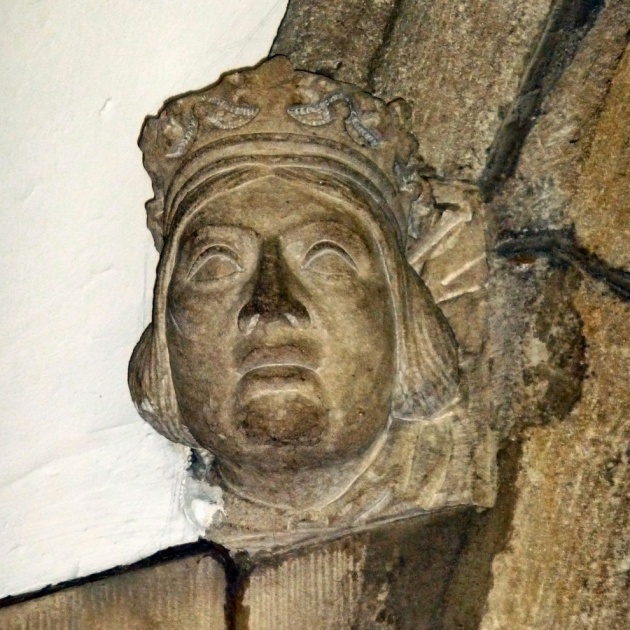
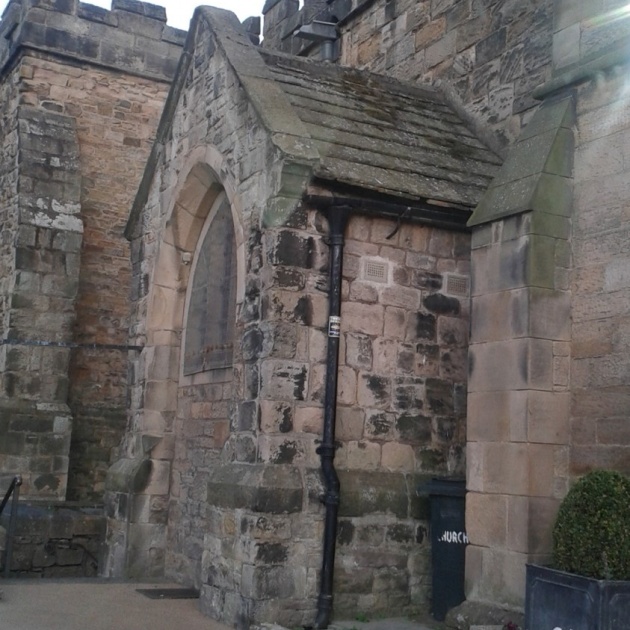
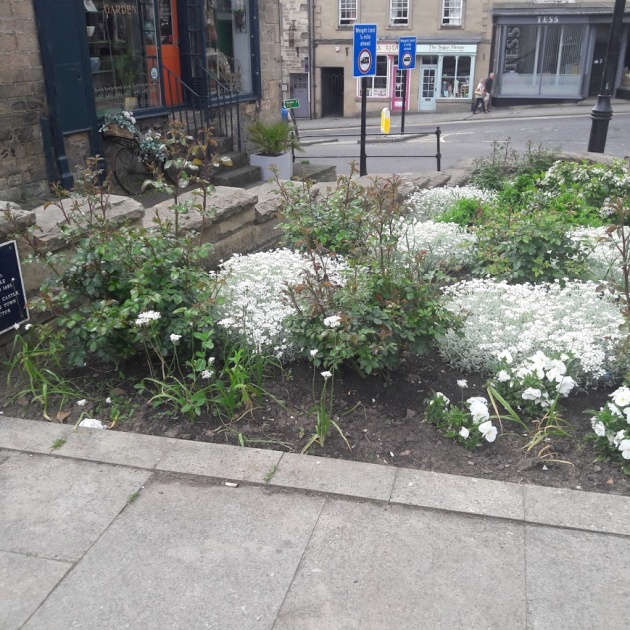
What Became of King Richard’s College
After becoming King, Richard had little time to spend in Barnard Castle, but he stayed here on his northern itinerary in May 1484; it was the last time he saw St Mary’s and the town. Whilst it seems the physical work on his College was mostly completed, Richard’s death at Bosworth Field put an end to its full creation as a Royal Peculiar, a church bound by only the King’s authority. However, his College can still be seen today – St Mary’s, with its array of windows, aisles, archways and doorways, and noble crenellations, is almost entirely due to Richard of Gloucester’s interest and investment nearly six centuries ago!
The Northern Dales Richard III Group is a local history group involved in finding out more and promoting the many fascinating late 15th century connections in the area – https://ndriiig.org.uk/
